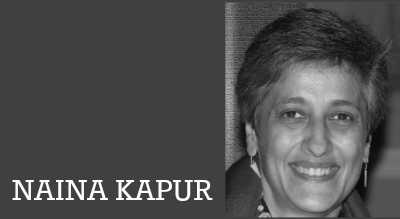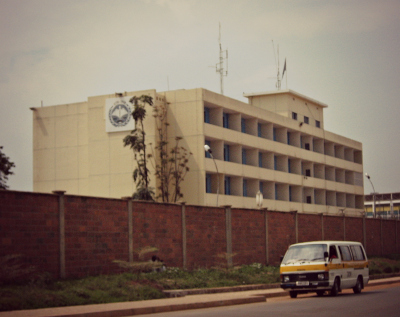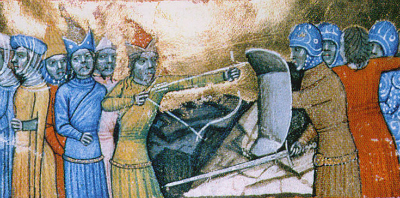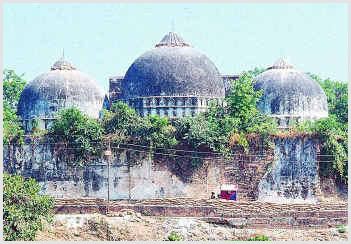 I wish to respond to one aspect of Sohini Chatterjee’s recent post on the sentence handed down in Ram Singh and Others – the ‘Delhi gang rape trial’. She said that the judge had recognised the outrage caused by this case as an aggravating factor and seems to argue that the supposed effect of the media attention on the sentence was a good thing.
I wish to respond to one aspect of Sohini Chatterjee’s recent post on the sentence handed down in Ram Singh and Others – the ‘Delhi gang rape trial’. She said that the judge had recognised the outrage caused by this case as an aggravating factor and seems to argue that the supposed effect of the media attention on the sentence was a good thing.
I should point out that this is, clearly, not Ms. Chatterjee’s opinion alone. Various manifestations of this sentiment have echoed across Facebook, the comments sections on blogs and news websites, and in various reports about the case. Many people feel that justice has been done and that the court, the judge, and the criminal justice system correctly responded to the outrage felt across society.
I do not think that Judge Khanna’s sentencing order reveals that it was affected by the furore across India even though I have no doubt that he was well aware of it. Whether media reports can and should be taken into account in sentencing, however, is another question entirely.
Let me state at the outset that I am passionately opposed to the death penalty. As it stands however, the death penalty is an available punishment in India, and has been confirmed as constitutional by the Supreme Court of India.
The idea that the media can, and should, have an effect on sentencing and other aspects of the operation of the criminal justice system, however, is worth examining more deeply. Firstly, can the media, and what ‘they’ are communicating, be discerned or measured? Secondly, we need to examine the notion that that the media—whoever or whatever they are—are some kind of spokesperson for society, or the conduit through which society expresses itself. And thirdly, should judges and courts —while sentencing—take into account the expression of society’s demands or desires through the media? Even this minimal unpacking of the idea begins to expose its flaws.
Let us take the first contention. Can we (or a judge in any criminal case in India) know what the media is saying about any particular case? What if the message is not unanimous? Even in a case such as this, where one might be able to readily detect an overall sense of outrage, disgust, and fury, there were other, discordant voices present across the country. We know enough of the history of how rape is treated and reported in India, for example, to know that many different attitudes—foolish, conservative, and ignorant among others—prevail. Further, what kind of media should we observe? The mainstream media and its attendant business and political interests? Facebook and Twitter posts? Independent blogs? Civil society publications? These days, anyone can be and is a commentator. How can any one person process and take all of those opinions into account?
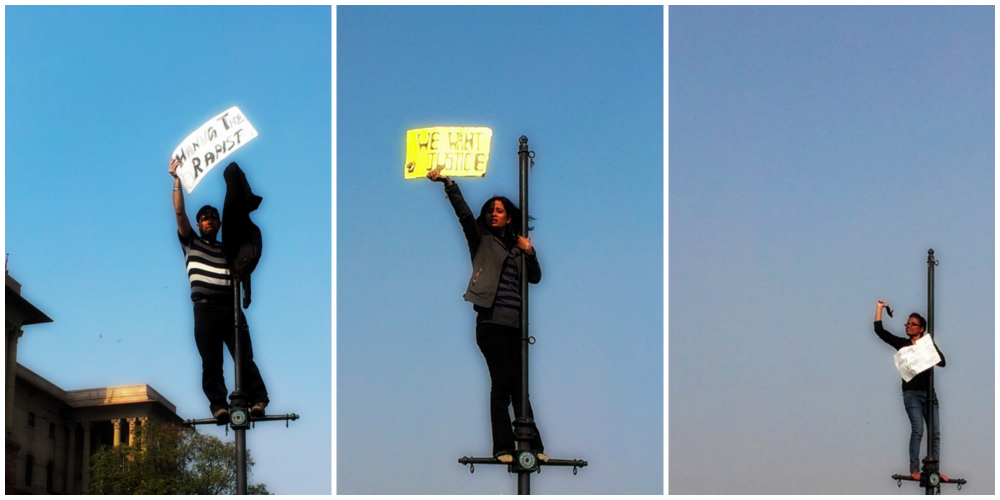
Secondly, is the media really the conduit through which society expresses itself? I doubt that, especially in a country and a polity as diverse as India, that could ever be the case. The mainstream media certainly can’t be said to speak for all people in this country. As with all other institutions in society, the media speaks for those in power and those with influence much more than those without. And whilst I am certainly not suggesting that this case didn’t deserve the media attention it has received, I am also not the first person to observe that the media treated this case exceptionally. Yes, that may be due in part to the public outrage. But was the public outrage not also fuelled and enabled, in part, by the media attention?
Many of us are equally outraged or upset by every horrific rape and murder. Reports of fresh cases—the five-year-old-girl who was held captive and raped by a neighbour in Delhi, the reports of the rape of girls in front of their mothers during the recent riots in Muzzafarnagar, and the rape of a woman also on a bus, in Punjab, just two weeks after the Delhi incident—are seen every week across the country. Who weighs the severity of these countless cases, and measures up the column inches or television minutes to be awarded to each? What about the countless others we know that we do not even hear about? Is the consequence to be that, the more media attention a case gets, the harsher the sentence? Or, alternatively, that those who commit crimes against the powerless and those deemed somehow less worthy of media attention, receive more lenient sentences? Obviously, these cannot be results that we seek to achieve in any criminal justice system.
As a matter of general principle, judges should not be looking to the media when they are determining sentences, for all of the reasons and difficulties already described. “Trial by media” is seen as a negative phenomenon for a reason. A properly functioning court system can help avoid erroneous findings of guilt, convictions, and sentences handed down without proper recourse to facts proved beyond reasonable doubt and the imposition of unfair or inconsistent punishments. If a judge is looking to the media in some cases, how is consistency to be achieved? Which commentators’ idea of fairness or outrage is to be abided by?
Even looking at the specific comments and findings made by Judge Yogesh Khanna in this case, I do not think that we can conclude that he was looking to the reported public reaction to this case in delivering his sentence. There is a difference, seen widely across the criminal law, between judges talking about concepts such as “collective conscience” and “community feeling” and judges actually saying “I have observed that people are particularly upset about this particular incident, and that is an aggravating factor”.
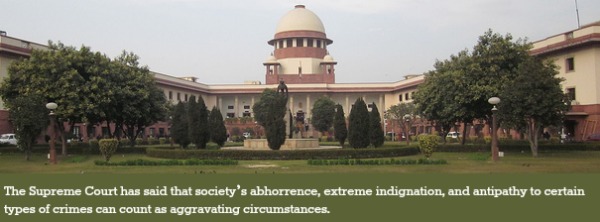 One case that Judge Khanna refers to is Gurvail Singh @ Gala and Another v. State of Punjab, a 2013 judgment of the Supreme Court that Ms. Chatterjee has also referred to in her post. In that case, the Court spoke of “whether the society will approve the awarding of death sentence to certain types of crime or not.” “While applying this test, the Court has to look into variety of factors like society’s abhorrence, extreme indignation and antipathy to certain types of crimes like rape and murder of minor girls”.
One case that Judge Khanna refers to is Gurvail Singh @ Gala and Another v. State of Punjab, a 2013 judgment of the Supreme Court that Ms. Chatterjee has also referred to in her post. In that case, the Court spoke of “whether the society will approve the awarding of death sentence to certain types of crime or not.” “While applying this test, the Court has to look into variety of factors like society’s abhorrence, extreme indignation and antipathy to certain types of crimes like rape and murder of minor girls”.
As we can see, the Supreme Court is referring not to a specific crime or specific public expressions of outrage. They are not speaking about some way in which judges could or should react to particular, one-off instances of outrage. Rather, they are talking about a certain category or type of crime, such as the rape and murder of minor girls.
Judges are members of the community too. For better or for worse, they are given the power to impose sentences within the criminal justice system. Part of that role is that they must gauge the level of seriousness of a crime and the level of general social abhorrence of various types of crime. As much as is humanly possible, they must attempt to do so in a principled and consistent way. To look to the media to inform their sentence, or to react more harshly to highly publicised crimes, goes against all sentencing principles, and should be discouraged.
As a member of the community, Judge Khanna was entitled to take into account not only the barbaric and hideous nature of the acts that were committed by these men, but also the fact that it was the type of crime that society increasingly found abhorrent, despicable, and outrageous. On the face of his judgment, it appears he did just that – no more, no less. Given the change in rape laws following this crime, there is no doubt that this sentiment will be echoed in many cases and sentences to come.
(Tennille Duffy is part of the faculty on myLaw.net.)

